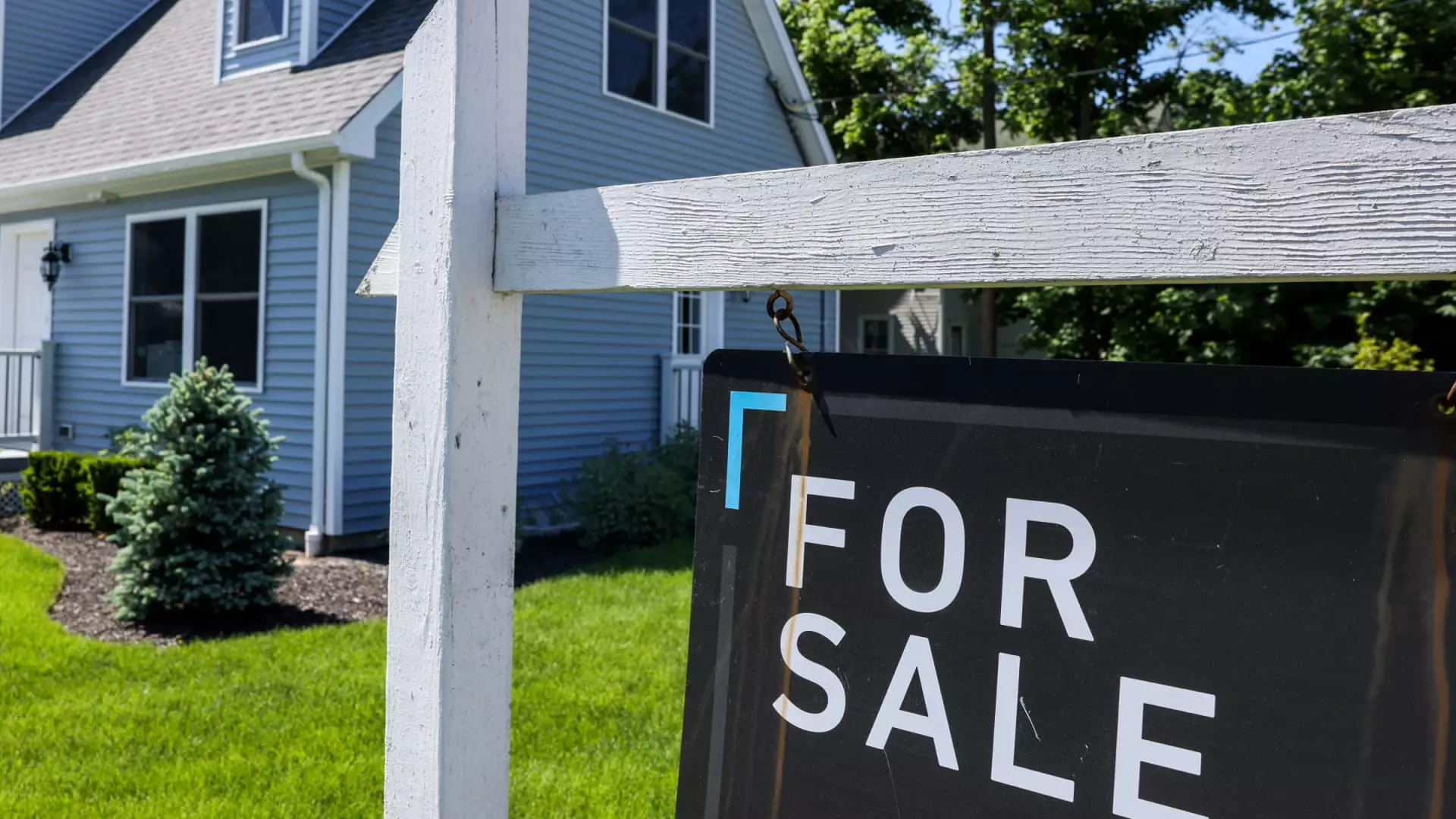A fleeting reduction in mortgage interest rates has momentarily invigorated a sluggish housing market, but this does not signal lasting growth or recovery. While the Mortgage Bankers Association reported a 9.4% jump in mortgage applications, attributing this surge to the recent rate dip, it’s crucial to recognize that underlying economic conditions remain fragile. Temporary lower rates often tempt homeowners and buyers alike, yet they mask deeper issues such as stagnating wages, rising living costs, and unresolved housing affordability challenges. These issues threaten to undermine any perceived momentum, making the current uptick in mortgage activity nothing more than a fleeting mirage in turbulent waters.
Refinancing and Purchase Demand: Short-Lived Fluctuations
The increase in refinancing activity—up 9% for the week and 56% year-over-year—may seem promising on the surface, but it largely reflects the backlog of homeowners seeking to capitalize on previously high rates. As rates slightly decrease, some rush to refinance, yet this movement is superficial. The underlying problem persists: most borrowers are reluctant to re-engage given the persistent economic uncertainties and eventual rate increases. Conversely, purchase mortgage applications, which are more indicative of genuine market health, also saw a modest rise—yet these figures are marred by irregular market sentiment and high contract cancellation rates, hinting at a cautious buyer pool rather than a robust recovery.
Market Dynamics: A Fragile facade
Several non-traditional factors disrupt traditional housing market signals. Consumer confidence remains volatile, reflecting broader economic anxieties over inflation, job stability, and political influences. Pending sales are not climbing proportionally with mortgage applications, exposing a disconnect that signals hesitancy rather than real strength. Even as mortgage rates fluctuate—and currently trend upward again—there is scant evidence of a sustainable upswing. Experts suggest that these movements are cyclical and often follow the natural correction of exaggerated declines, not testament to fundamental growth.
Implications for Broader Economic Outlook
Beneath the veneer of optimism, the real estate sector’s prospects remain uncertain and intertwined with broader economic health. The market demonstrates a precarious balance—where minor rate changes provoke outsized responses, yet these are insufficient to alter the overall trajectory. A critical vulnerability lies in the reluctance of consumers to leap into bigger financial commitments amid persistent economic headwinds. In this context, policymakers and industry stakeholders should be wary of interpreting these short-term rebounds as signs of lasting stability. Instead, they must prepare for prolonged turbulence, where superficial gains disguise deeper vulnerabilities inherent in today’s economic landscape.

